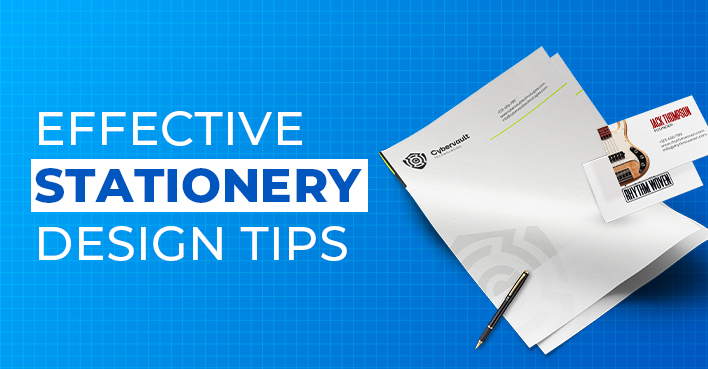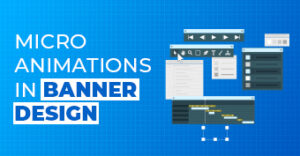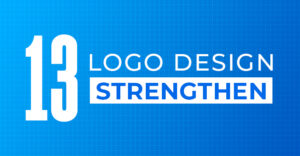A well-designed piece of stationery makes all the difference in your brand identity and communication in this digital age. Effective design in business cards, letterheads, and other stationery speaks volumes about your professionalism and ‘eye for detail.’ Now, let’s see how impactful stationery designs are created.
Basics of Stationery Design
Business Cards: An introduction to your clients and partners, they should be memorable and easy to read.
Letterheads: A symbol for official business correspondence, it must justify the brand identity and know exactly what information should be included.
Envelopes: As mostly it is the first look at your branding, envelopes should be true to your branding identity in the stationery.
Notepads and Stickers: These add-ons will help add a human feel to it and also be used for internal and external communication.Why does it matter?
Tips for Effective Stationery Design
Keep It Simple
Simplicity works wonders in stationery design. Avoid clutter by incorporating only information that is truly needed. A clean, uncontaminated design often makes the best impression.
Make It Easy to Read
Use readable, clear, legible fonts, ensuring readability at every size. Important information is striking but won’t dominate the design.
Invest in Quality Materials
Invest in quality paper and printing treatment. Quality stationery can feel impactful to an audience long after they’ve read a piece.
Integrate Brand Elements
Bring out your brand’s personality through your stationery design. This will be done using your logo, brand colors, and typography across all products to reinforce your brand identity.
Add Exclusive Touches
Add special touches to your stationery that make it unique, whether through custom illustration the embossing of a logo on the business cards, or even just a colored edge—anything
Stationery Design Trends
Eco-Friendly Materials
Massive ground is being covered by such kinds of materials as sustainable and eco-friendly. Recycled paper, biodegradable inks, and minimalist designs not only look smart but also portray a sense of responsibility towards the environment.
Bold Typography
Creative, bold typography will help your stationery stand out unique. Use it to bring attention to important details and be able to create a clear visual hierarchy.
Minimalist Design
Clean lines, ample white space, and simple yet elegant layouts keep on driving the minimalist approach, a strong trend.
Interactive Elements
Consider interactive elements: Detail with modern stationery that has QR codes or augmented reality to make the receiving experience much more dynamic.
Hand-drawn Elements
The handcrafted, customized design brings in a human touch through hand-drawn illustrations, custom calligraphy, and unique textures.
Best Practices for Stationery Design
Get Professional Design Software
Spend your money on professional design software like Adobe Illustrator or InDesign. These offer precision and flexibility for top-notch designs.
Proofread Thoroughly
Make sure there are no typos in the text at all. Contact information, addresses, and other details should be checked properly to avoid costly errors.
Test Print Before Bulk Production
Always print a few samples before allowing a large print run. This is to check colors, layout, and quality in hard copy format.
Give Feedback
Get feedback from colleagues or the client, if possible. Another set of fresh eyes can easily notice what you might have missed out on, and provide valuable inputs into your design.
Conclusion
An effective design for stationery is one of the most important elements of your brand’s visual identity. If you focus on simplicity and cohesiveness coupled with quality, then you shall be able to develop stationery that not only looks professional but creates a long-lasting impression. Design trends and best practices keep updating, so ensure that your letterhead does too. Add some personal touches and interactive elements to give your brand a presence in each mail piece.



